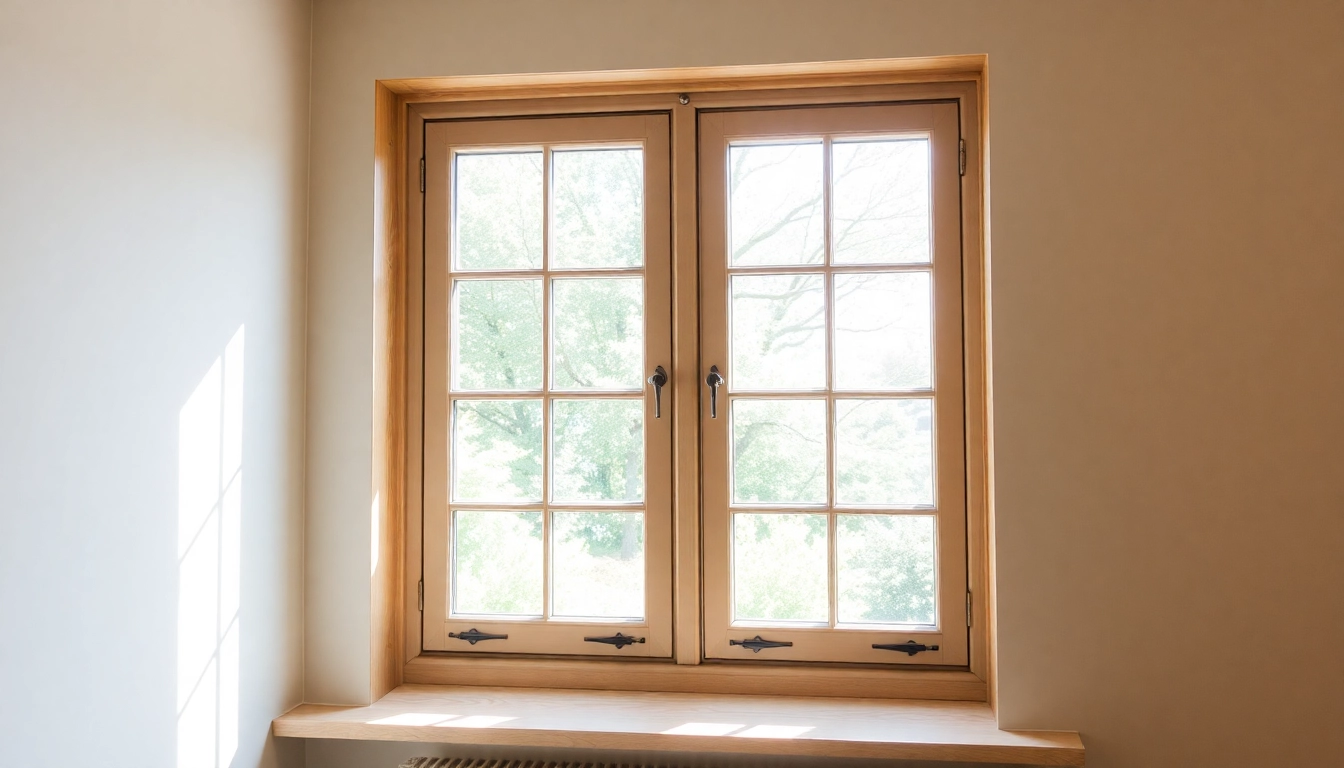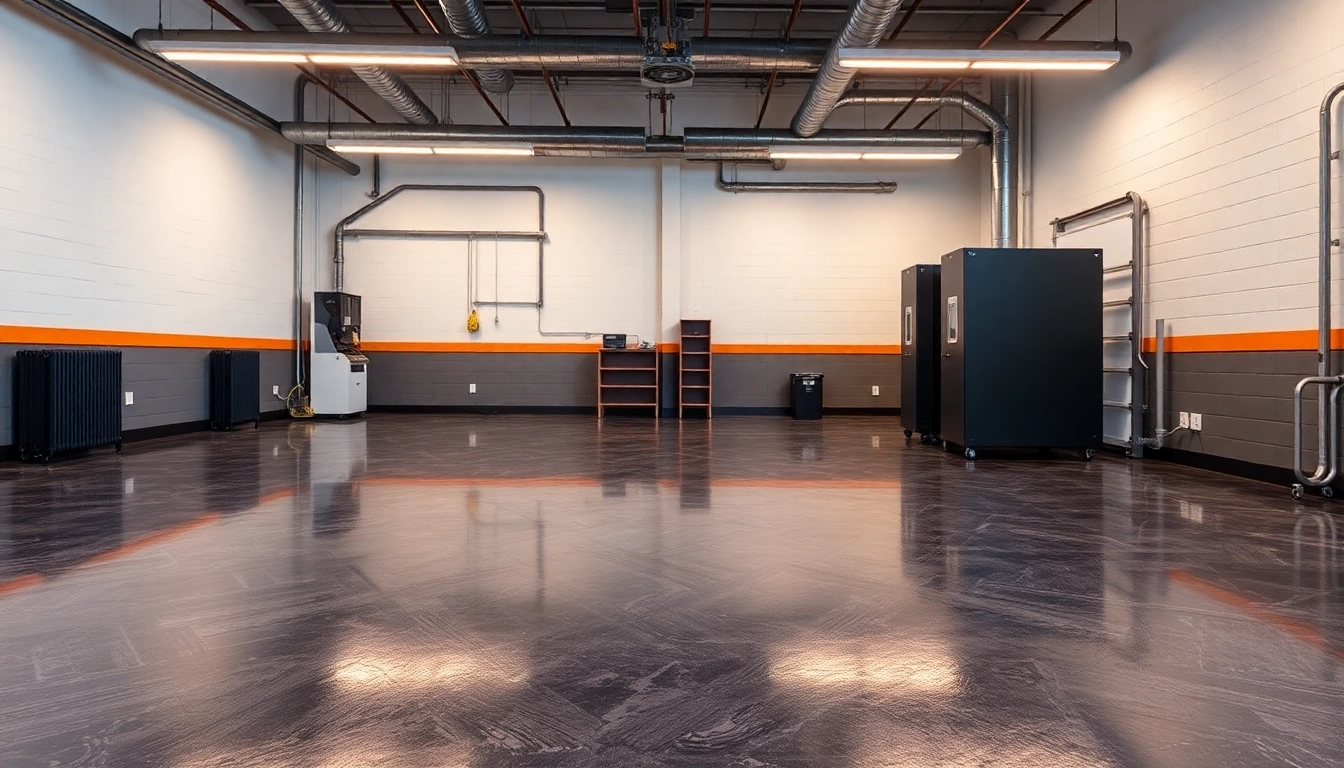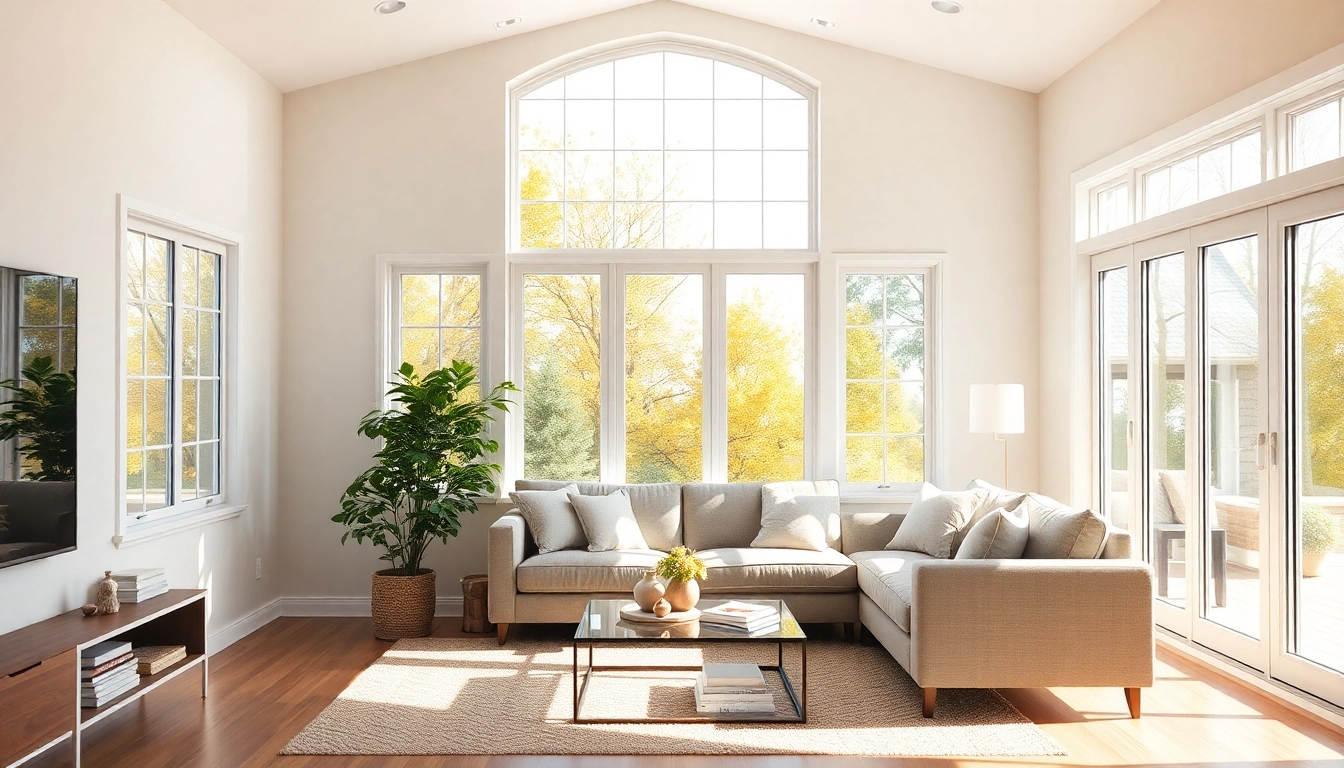Understanding Sash Window Replacement: When and Why
Sash windows are a quintessential feature of many traditional and period-style homes across the UK. Their classic design, characterized by movable panels or sashes that slide vertically, adds aesthetic charm and historical authenticity. However, over time, sash windows naturally deteriorate due to exposure to weather, environmental factors, and aging materials. When these signs become evident, homeowners often face the crucial decision of whether to repair, refurbish, or replace their sash windows.
The sash window replacement process is a strategic solution aimed at restoring both the functionality and appearance of your original windows, while often boosting energy efficiency and security. Before proceeding, it’s essential to understand the signs that indicate a replacement is necessary, as well as the benefits that a modern replacement can bring to your property.
Signs That Indicate You Need Replacement
- Persistent Draughts: If your windows let in cold air despite being previously sealed, the seals may have worn out or the sashes may no longer fit properly.
- Difficulty Opening or Closing: Sticking or jammed sashes often signal frame warping or damage, impeding ease of use and security.
- Visible Damage: Rot, cracks, or peeling paint on timber frames are clear indicators of compromised integrity.
- Excessive Noise Pollution: A significant increase in street or environmental noise infiltrating your home suggests inadequate insulation.
- High Energy Bills: Inefficient windows lead to heat loss, which can cause heating costs to skyrocket, making replacement a financially sensible investment.
- Outdated Design: Older sash windows may not meet current safety standards or aesthetic preferences, prompting upgrades.
Benefits of Modern Sash Window Replacement
Replacing sash windows with modern equivalents offers numerous advantages beyond restoring their classic look. Upgraded sash windows incorporate advanced materials and technology, leading to:
- Enhanced Energy Efficiency: Double-glazing and better insulation materials significantly reduce heat transfer, saving energy and lowering bills.
- Improved Security: Modern locking mechanisms and stronger frames make for more robust protection against intruders.
- Reduced Maintenance: Upvc options resist rot, peeling, and warping, requiring less upkeep compared to traditional timber.
- Better Soundproofing: New windows provide superior sound insulation, creating a quieter indoor environment.
- Aesthetic Versatility: Plenty of styles and finishes allow customization to match both period and contemporary homes.
- Environmental Benefits: Energy-efficient windows help reduce carbon footprint, aligning with sustainability goals.
Types of Sash Window Replacement: Partial vs. Full
When considering a sash window replacement, homeowners have two primary options: partial and full replacement. Each has its own advantages, costs, and suitable scenarios.
Partial Replacement
Partial replacement involves replacing only the moving sashes or the damaged components within the existing frame. This approach is ideal when the window frame remains sound but the sashes are worn or broken. It is usually quicker and less costly, offering a less invasive renovation while retaining the character of original frames. For example, a partial upgrade might involve fitting new double-glazed sashes into old timber frames, enhancing insulation without the need for complete removal.
Full Replacement
Full sash window replacement entails removing the entire existing window structure and installing brand-new units. This method is often necessary if the frames are severely damaged, warped, or have been compromised by rot. Modern full replacements allow for greater customization, improved energy efficiency, and compliance with current building standards. This approach does tend to be more expensive and time-consuming but guarantees a long-term durable solution and preserves the aesthetic appeal of period architecture.
Choosing the Right Materials and Styles for Replacement Windows
Wooden vs. uPVC Sash Windows: Pros and Cons
Selecting the appropriate material for your sash windows is crucial, as it impacts durability, maintenance, aesthetics, and cost. The two primary options are traditional timber (wood) and modern uPVC (unplasticized polyvinyl chloride). Understanding their advantages and drawbacks helps you make an informed decision tailored to your home and preferences.
Wooden Sash Windows
- Aesthetic Authenticity: Timber offers an unparalleled classic appearance, seamlessly matching period houses.
- Customization: Wood can be easily painted or stained in a variety of finishes to suit individual tastes.
- Environmental Impact: Timber is a renewable resource, especially when sourced sustainably.
However, timber requires regular maintenance—such as painting, sealing, and treatments—to prevent rot and warping. Without upkeep, timber windows can deteriorate, leading to higher long-term costs.
uPVC Sash Windows
- Low Maintenance: uPVC is resistant to rot, corrosion, and fading, needing only cleaning with soap and water.
- Cost-Effective: Generally more affordable both upfront and over time, due to reduced upkeep costs.
- Energy Efficiency: Modern uPVC sash windows are often double-glazed with advanced insulating properties.
- Durability: Designed to withstand the UK’s weather variations, maintaining their appearance and function for decades.
The choice between wooden and uPVC should consider factors like the desired aesthetic, maintenance commitment, budget, and environmental considerations.
Design Options to Match Historical or Contemporary Homes
Sash windows come in a broad spectrum of design options, allowing homeowners to match their home’s architecture and personal style. For period homes, authentic features like multi-pane sashes, antique hardware, and traditional finishes preserve historical integrity. Conversely, contemporary designs may favor larger glazed areas, sleek lines, and minimal hardware for a modern look.
Customization and Finishing Touches for Your Sash Windows
Tailoring your replacement sash windows involves selecting finishes, hardware, glazing options, and decorative details. Options include:
- Colors and Finishes: Wide palette choices for PVC and various staining or painting options for timber.
- Hardware: Traditional sash locks, handles, and stays, or contemporary minimalist fittings.
- Glazing: Double or triple glazing for improved insulation, with options for low-emissivity coatings or stained glass.
- Accessories: Sash lifts, horns, and weatherproof seals that enhance functionality and aesthetic appeal.
Cost, Budgeting, and Getting an Accurate Quote
Average Costs for Sash Window Replacement in the UK
The financial aspect of sash window replacement varies based on several factors. On average, the cost for a single sash window in the UK can range from approximately £500 to £1,200. Multiple window projects, whether partial or complete, scale proportionally, and whole-house replacements can reach up to £12,000 or more.
Factors Influencing the Price: Size, Material, and Complexity
The key determinants of the total cost include:
- Size of the Windows: Larger windows require more material, time, and labor, increasing costs.
- Material Choice: Timber tends to be more expensive than uPVC, especially with custom finishes.
- Design and Style Complexity: Custom shapes, intricate glazing patterns, or heritage features add to the cost.
- Number of Windows: Bulk projects often benefit from discounts but still accumulate higher total expenses.
- Additional Work: Labour-intensive tasks such as repair or reinforcement of existing frames increase price.
Tips for Finding Reliable and Cost-Effective Services
To ensure value for money, follow these best practices:
- Obtain multiple detailed quotes from reputable companies with verified references.
- Check for proper certifications, such as FENSA or CERTASS accreditation.
- Review online reviews and customer testimonials to gauge reliability.
- Discuss material options and scope clearly to prevent hidden costs.
- Consider long-term savings through energy efficiency and low maintenance choices.
Installation Process and Timeline
Step-by-Step of Sash Window Replacement
The replacement process involves several key stages designed to ensure minimal disruption and a high-quality finish:
- Initial Consultation and Measurement: Precise measurements and design specifications are taken, along with a site survey.
- Quote and Material Selection: A detailed estimate is provided, including material options and timeline expectations.
- Preparation: The workspace is protected, and scaffolding or access equipment is arranged.
- Removal of Old Windows: Carefully extracting existing sashes and frames, often preserving original reveals.
- Fitting New Windows: Installing new sash units, reinforcing frames if necessary, and ensuring proper operation.
- Sealing and Finishing: Weatherproofing, sealing gaps, and finishing with paint or stain for aesthetic and protective purposes.
- Final Inspection: Ensuring everything functions smoothly and meets quality standards.
Timeframe for Different Types of Replacement Projects
While each project varies, typical durations are:
- Partial sash replacement: 1-2 days per window.
- Full window replacement: 3-5 days per window, including drying and finishing time.
- Complete house refurbishment: Several weeks, depending on the number of windows and complexity.
Ensuring Quality and Longevity During Installation
To maximize the lifespan of your new sash windows, it is crucial that installation is carried out by experienced professionals following best practices. Proper sealing, use of quality materials, and accurate measurements prevent issues like leaks, drafts, or failure.
Maintenance and Upkeep After Replacement
Best Practices for Maintaining Sash Windows
Regular maintenance preserves the appearance, functionality, and performance of your sash windows. Key actions include:
- Cleaning: Gently clean frames and glass surfaces to prevent dirt buildup.
- Lubrication: Apply appropriate lubricants to sashes, pulleys, and hinges to ensure smooth operation.
- Inspection: Periodically check for signs of damage, such as peeling paint, warping, or hardware wear.
- Re-sealing and Re-painting: Reapply paint or sealant as needed to prevent moisture ingress and rot.
How to Improve Energy Efficiency and Security
Post-replacement upgrades can further enhance your windows:
- Install draught-proofing strips around sashes and frames.
- Upgrade to multi-point locking systems for increased security.
- Apply window films or secondary glazing for additional insulation.
- Consider smart sensors or alarms integrated with modern locking mechanisms.
When to Consider Re-Refurbishing or Repairs
Despite high-quality replacements, periodic repairs or refurbishments might be necessary over their lifespan. Common issues include sash cord replacements, hardware adjustments, or re-glazing. Addressing minor problems promptly can extend the overall lifespan and keep your windows functioning optimally without resorting to full replacement.



